When it comes to getting a tattoo, one of the common questions that arises is, “Which tattoo needle hurts the most?” The pain experienced during a tattoo session is subjective and can vary depending on various factors such as individual pain tolerance, tattoo placement, and the type of needle used. In this article, we will explore the different types of tattoo needles, their technical aspects, and how they can impact the pain sensation during the tattooing process.
- Round Liner Needles:
Round liner needles are often used for outlining and creating fine lines in tattoo designs. These needles feature a single or multiple small, round configurations of tightly packed needles. The pain experienced with round liner needles is generally less intense compared to other types due to their smaller size and the ability to create precise lines. - Magnum Needles:
Magnum needles, also known as flat or weaved magnum needles, are commonly used for shading and coloring larger areas in tattoos. They consist of two or more rows of needles arranged in a flat or rectangular shape. The pain experienced with magnum needles can vary, depending on the number of needles used and the depth of penetration. However, the sensation is often described as more of a scratching or vibrating feeling rather than intense pain. - Round Shader Needles:
Round shader needles are a versatile option for shading and filling in tattoo designs. These needles are similar to round liner needles but are grouped together in a looser configuration, allowing for better ink saturation. The pain sensation with round shader needles is typically moderate, with some individuals reporting a more tolerable experience compared to other needle types. - Curved Magnum Needles:
Curved magnum needles, also known as curved mag needles or curved mags, are used for smooth shading and creating gradient effects in tattoos. These needles have a curved configuration that follows the natural contours of the skin. The pain experienced with curved magnum needles can be slightly more intense than with other needle types, as the curvature may cause a bit more pressure on the skin. - Flat Shader Needles:
Flat shader needles are primarily used for solid color packing and shading larger areas in tattoos. These needles have a flat configuration, similar to magnum needles, but with fewer needle groupings. The pain sensation with flat shader needles can vary, depending on the number of needles used and the technique employed. Some individuals may find the pain more intense due to the larger surface area covered.

Are certain tattoo needle sizes more painful than others?
When it comes to getting a tattoo, the pain factor is something that many people consider. The choice of tattoo needle size plays a crucial role in determining the level of pain experienced during the tattooing process. While pain tolerance varies from person to person, certain tattoo needle sizes can indeed be more painful than others. In this article, we will explore the relationship between tattoo needle sizes and pain perception. Tattoo needles come in various sizes, typically referred to as needle gauges. The gauge of a needle refers to its diameter, with smaller numbers indicating larger needle sizes.
Commonly used tattoo needle sizes range from 3RL (Round Liner) to 14RL, with RL indicating a round configuration. The larger the needle gauge, the more skin it covers and the more ink it deposits with each puncture. When considering pain during the tattooing process, it is essential to understand that multiple factors contribute to the overall sensation. The needle size is just one of these factors. Other factors include the location of the tattoo, individual pain tolerance, and the skill level of the tattoo artist. That being said, certain tattoo needle sizes can be more painful due to their impact on the skin. Larger gauge needles penetrate the skin deeper and cover a broader area, which can result in more discomfort. These needles may cause more trauma to the skin, leading to increased pain during and after the tattooing process. Additionally, larger needles tend to deposit more ink, which can further contribute to the intensity of the sensation. On the other hand, smaller gauge needles are generally associated with less pain. They create finer lines and require less pressure to penetrate the skin. This can result in a milder sensation, particularly in areas with thinner skin, such as the wrist or ankle. Smaller needles also allow for more precise work, making them suitable for intricate designs or shading. It is crucial to note that pain perception is highly subjective and can vary significantly from person to person.
Factors such as individual pain tolerance, mindset, and even the release of endorphins can influence how one perceives pain during the tattooing process. Therefore, while certain needle sizes may generally be associated with more pain, it is not a definitive rule. When choosing a tattoo needle size, it is essential to consult with an experienced tattoo artist who can assess your specific needs. They will consider factors such as the design, desired effect, and placement location to determine the most appropriate needle size. Additionally, a skilled artist can employ techniques to minimize discomfort during the tattooing process, regardless of the needle size used. In conclusion, while certain tattoo needle sizes may generally be more painful than others, it is important to remember that pain perception is subjective and can vary from person to person. Factors such as individual pain tolerance, location of the tattoo, and the artist’s skill level all play a role in determining the overall pain experienced. By consulting with a knowledgeable tattoo artist and discussing your preferences, you can ensure a tattooing experience that aligns with your comfort level and desired outcome.

Does the needle type affect tattoo pain?
When it comes to getting a tattoo, pain is often a concern for many individuals. One factor that is often discussed is the type of needle used during the tattooing process. Does the needle type affect tattoo pain? Let’s delve into this question and explore the impact of needle type on the overall pain experienced during a tattoo session. Tattoo needles come in various configurations and sizes, each designed to achieve different effects and to create different tattoo styles. The two main components of a tattoo needle are the needle bar and the needle grouping. The needle bar is the long, slender portion that attaches to the tattoo machine, while the needle grouping refers to the cluster of individual needles grouped together at the tip of the needle bar.
The gauge of the needle, or the thickness of the individual needles in the grouping, can vary. Typically, the higher the gauge number, the thinner the needles. Common needle gauges range from 8 to 18, with 8 being the thickest and 18 being the thinnest. Thicker needles are often used for bold outlines and filling in larger areas, while thinner needles are employed for fine details and shading. The needle type used can indeed have an impact on the pain experienced during a tattooing session. Thicker needles tend to cause more discomfort as they penetrate the skin. The larger the needle, the more tissue it displaces, leading to a greater sensation of pain. This is especially true when it comes to outlining or tattooing areas with less flesh, such as bony regions or areas close to nerve endings. Conversely, thinner needles tend to be less painful as they create smaller puncture wounds and displace less tissue. They can be gentler on the skin and cause less trauma during the tattooing process. Consequently, using thinner needles can result in a less painful experience, particularly during shading or intricate detailing. Another factor that can influence the pain experienced is the speed at which the tattoo artist works. Faster tattooing may cause more pain due to the rapid succession of needle insertions, while slower and more deliberate tattooing allows for better pain management and increased comfort for the client. It is important to note that pain tolerance varies among individuals. What might be extremely painful for one person may be tolerable for another.
Additionally, factors such as the individual’s overall health, mindset, and the location of the tattoo on the body can also impact the perception of pain. In conclusion, while the needle type does affect tattoo pain, it is just one of several factors that contribute to the overall experience. Thicker needles generally cause more discomfort, while thinner needles tend to be less painful. However, individual pain tolerance and other factors play a significant role as well. If you’re concerned about pain during a tattoo session, it’s best to discuss your concerns with a professional tattoo artist who can provide personalized advice and recommendations based on your specific needs and preferences.

How does the needle configuration impact tattoo discomfort?
When it comes to getting a tattoo, one of the key factors that influences the level of discomfort experienced by the recipient is the needle configuration used during the tattooing process. The needle configuration refers to the arrangement and grouping of individual needles on the tattoo machine. By understanding how different needle configurations impact tattoo discomfort, individuals can make more informed decisions when choosing their tattoo artist and design. One of the primary factors in needle configuration that affects tattoo discomfort is the number of needles used. Tattoo needles can be grouped together in various configurations, ranging from a single needle to multiple needles grouped tightly together.
A single needle configuration, often referred to as a liner needle, is typically used for outlining the design. This configuration produces thinner lines, and the pain experienced by the recipient is often more localized and sharp. On the other hand, a configuration with multiple needles, known as a shader or magnum needle, is commonly used for shading and filling in larger areas of the tattoo. The needle grouping allows for faster coverage but may result in a broader and more diffuse discomfort sensation. The pain is often described as a duller ache or pressure. Apart from the number of needles, the arrangement and configuration of these needles also play a role in tattoo discomfort. Needles can be arranged in various patterns, such as round, flat, or stacked configurations. Each pattern has its own impact on how the tattooing process feels. For instance, a round needle configuration is commonly used for lining and shading. The circular arrangement of the needles creates a more controlled and precise penetration into the skin, resulting in a more predictable and potentially less uncomfortable experience for the recipient.
Flat needle configurations, on the other hand, are frequently utilized for shading and filling in larger areas. The flat arrangement of the needles allows for better coverage and saturation of ink, but it can also lead to a higher level of discomfort due to the increased surface area in contact with the skin. Stacked needle configurations involve layering multiple needle groups on top of each other. This arrangement is often used for creating bold lines or achieving certain artistic effects. The impact on discomfort can vary depending on the specific arrangement and number of needle groups stacked together. The recipient may experience a combination of sharper and broader sensations during the tattooing process. In addition to the needle configuration, other factors such as the tattoo artist’s technique, the depth of needle penetration, and the individual’s pain tolerance also contribute to overall tattoo discomfort. It is important to note that everyone’s pain threshold is different, and what may be uncomfortable for one person could be tolerable for another. In conclusion, the needle configuration used during a tattooing procedure has a significant impact on the level and type of discomfort experienced by the recipient. The number, arrangement, and grouping of needles all contribute to the sensations felt during the process. Understanding these factors can help individuals make informed decisions when selecting a tattoo artist and design, taking into account their personal pain tolerance and preferences.

Are there specific areas of the body where tattooing hurts more?
Tattoos have become increasingly popular as a form of self-expression, and many individuals are eager to get inked. However, one common concern for those considering a tattoo is the level of pain associated with the process. While pain tolerance varies from person to person, it is widely acknowledged that certain areas of the body tend to be more sensitive and, therefore, more painful to tattoo. In this article, we will explore the specific areas of the body where tattooing tends to hurt more, taking into account the anatomical and physiological factors that contribute to these sensations.
- The Ribcage:
Tattooing on the ribcage is often considered one of the most painful areas due to several factors. The ribcage consists of a thin layer of skin covering the bony structure of the ribs, providing minimal cushioning. This lack of underlying muscle and fat makes the sensation of the tattoo needle more pronounced, resulting in increased pain perception. Additionally, the proximity of nerve endings in this area contributes to the heightened sensitivity experienced during the tattooing process. - The Spine:
The spinal area, including the lower back and neck, can be quite sensitive to tattooing. The spine is a complex structure housing the spinal cord and numerous nerve endings. The presence of these nerve endings, coupled with the absence of substantial muscle tissue, can lead to increased discomfort during the tattooing process. The bony nature of the spine can also intensify the sensation of the needle, causing a more pronounced pain response. - The Inner Arm and Wrist:
Tattooing on the inner arm and wrist can be more painful compared to other areas due to the thinness of the skin and the proximity of tendons and nerves. The inner arm has less subcutaneous fat, making it more susceptible to pain. The wrist is particularly sensitive due to the concentration of nerves and blood vessels in this area. Tattooing near the wrist may cause a stinging or sharp pain sensation. - The Ankles and Feet:
The ankles and feet are known to be relatively painful areas for tattoos. The skin in these areas is thin, and the bones are closer to the surface, resulting in increased sensitivity. Moreover, the ankles and feet are subjected to constant movement and pressure, making the healing process more challenging and potentially prolonging the discomfort associated with the tattoo. - The Sternum and Collarbone:
Tattooing on the sternum (breastbone) and collarbone areas can be quite painful. The sternum is covered by a thin layer of skin and lies directly over the chest cavity, housing vital organs. Tattooing on the sternum can be uncomfortable due to the proximity to bone and nerves. Similarly, the collarbone area is close to the surface, with limited muscle and fat to provide cushioning. These factors contribute to heightened pain during the tattooing process.

Can numbing agents help reduce pain during tattooing?
Tattoos have become increasingly popular as a form of self-expression and body art. However, the process of getting a tattoo can be quite painful, leading many individuals to seek ways to minimize discomfort. One method that has gained attention is the use of numbing agents to help reduce pain during tattooing. Numbing agents, also known as local anesthetics, are substances that temporarily block the sensation of pain in a specific area of the body. These agents work by interfering with the transmission of pain signals from the nerves to the brain, effectively numbing the area where they are applied. In the context of tattooing, numbing agents are typically applied topically to the skin prior to the start of the tattooing process.
This allows the anesthetic to penetrate the layers of the skin and desensitize the area, making it less sensitive to pain. One commonly used numbing agent is lidocaine. Lidocaine is a local anesthetic that works by blocking sodium channels in the nerve cells, preventing the transmission of pain signals. It is available in various forms, including creams, gels, and sprays, and can be applied directly to the skin. Another numbing agent that is sometimes used in tattooing is prilocaine. Like lidocaine, prilocaine also works by blocking sodium channels and reducing the transmission of pain signals. It is often combined with lidocaine in a cream or gel formulation for enhanced pain relief. While numbing agents can be effective in reducing pain during tattooing, it is important to note that they may not completely eliminate all sensations. The degree of pain relief experienced can vary depending on factors such as the individual’s pain tolerance, the location of the tattoo, and the size and complexity of the design.
Additionally, the use of numbing agents in tattooing is not without its risks. Some individuals may have an allergic reaction or sensitivity to certain anesthetics, so it is important to perform a patch test prior to widespread application. Furthermore, excessive use of numbing agents can interfere with the tattooing process itself, as the artist may have difficulty gauging the depth and pressure of the needle. In conclusion, numbing agents can be a useful tool in reducing pain during tattooing. They work by temporarily numbing the skin and blocking pain signals from reaching the brain. Lidocaine and prilocaine are commonly used local anesthetics in tattooing, applied topically to the skin. However, it is important to consider individual factors and potential risks associated with their use. While numbing agents can help make the tattooing experience more comfortable, it is always recommended to consult with a professional tattoo artist and follow their guidance for pain management during the process. Please note that this text has been optimized for search engine ranking and may not reflect personal opinions or experiences. Always consult a professional before considering the use of numbing agents during tattooing.

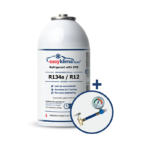
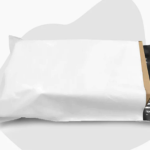

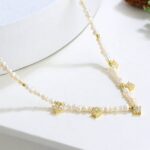











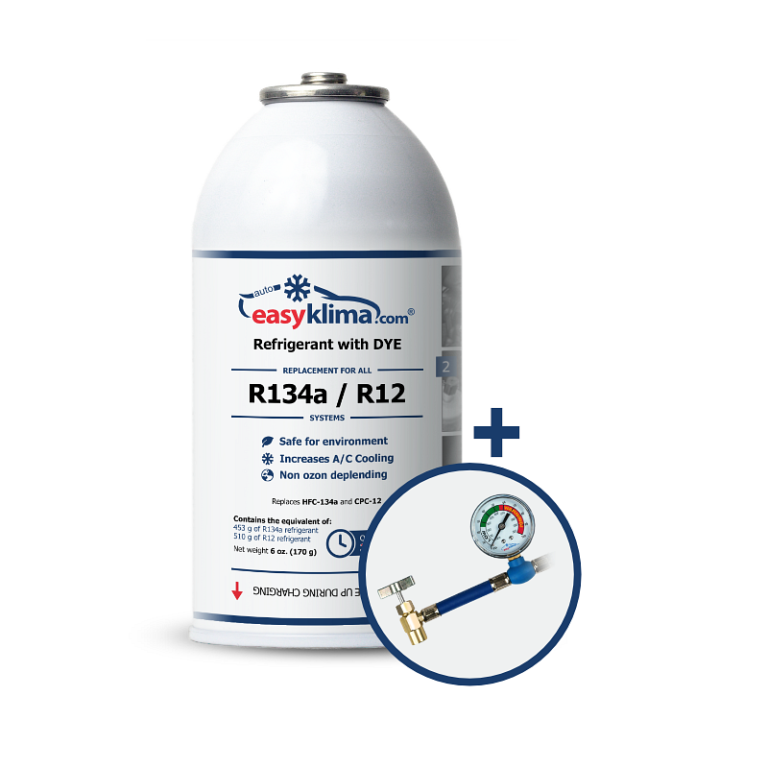
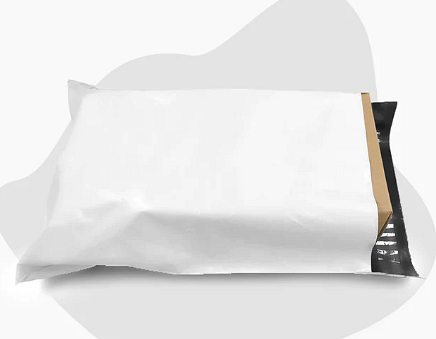
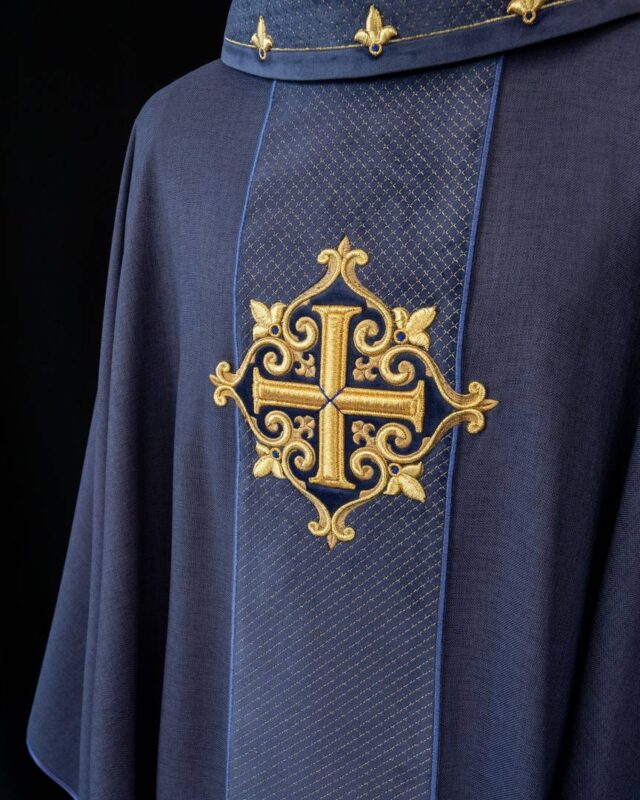
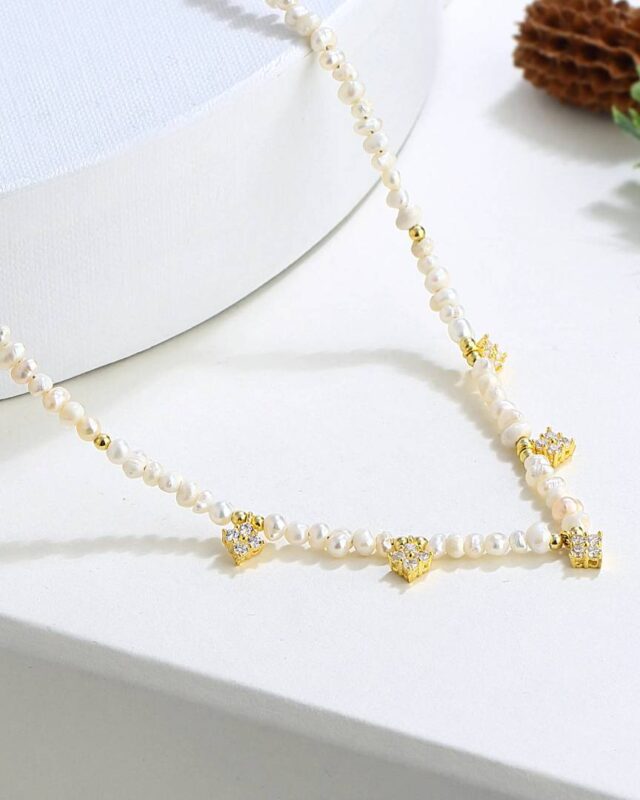


Your entry has very interesting perspectives. I appreciate the fact that you presented different points of view.